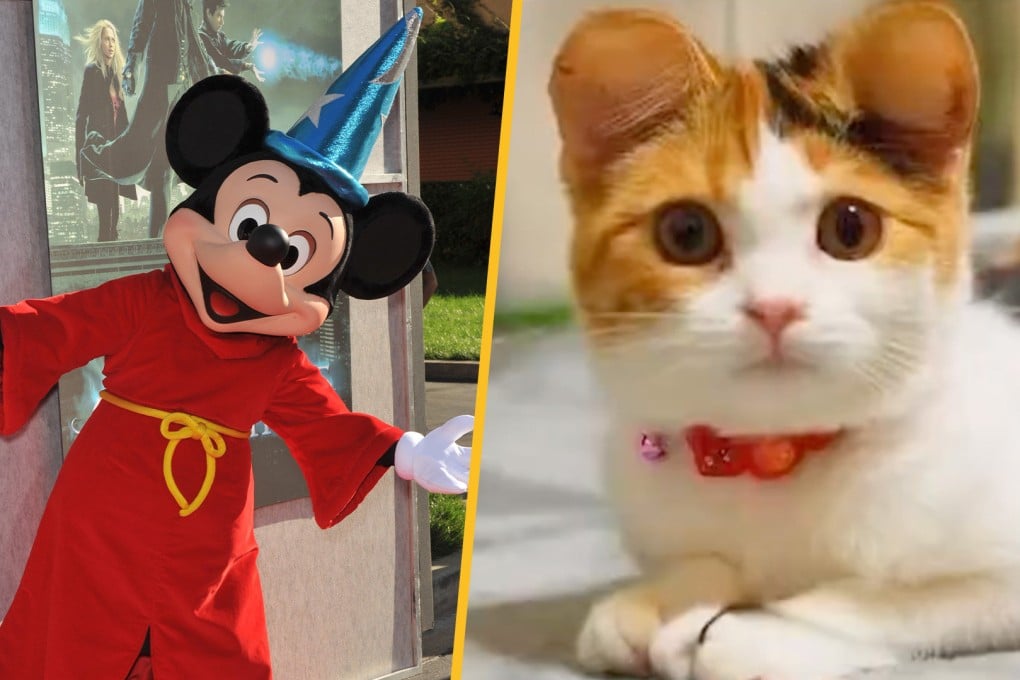‘Mickey ears’ popularity soars among China pet owners despite concerns over painful, risky cosmetic procedures inflicted on beloved fur babies
- Animal experts say practice must cease, has damaging effect
- Procedure could have side effects such as self-mutilation

Pets having cosmetic surgery to achieve “Mickey ears” so they can look like Disney’s famous cartoon mouse, is an increasingly worrying trend in China.
Leading animal experts are demanding the practice be stopped because of the physical pain and psychological distress it inflicts.
One advertisement for a pet clinic in the Beibei district of Chongqing in southwestern China, promoting a “Mickey ear” group purchase, has attracted significant attention.
It says its special offer of 300 yuan (US$40) for the procedure to be performed by Chinese Spring Festival, will depend on the “factory’s” apparent “production schedule”.
Liu Yundong, a dean at Loving Care International Pet Medical Centre in Beijing, explained to the Post that the procedure comprises two parts.
First, the surgical removal process, which requires anaesthetic and takes about half an hour. The second styling phase involves shaping the ears to stay upright, which can take from 20 to 60 days.